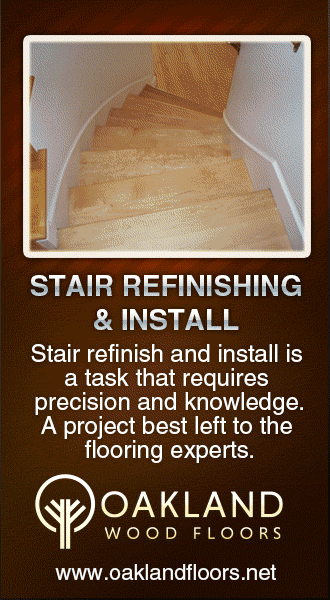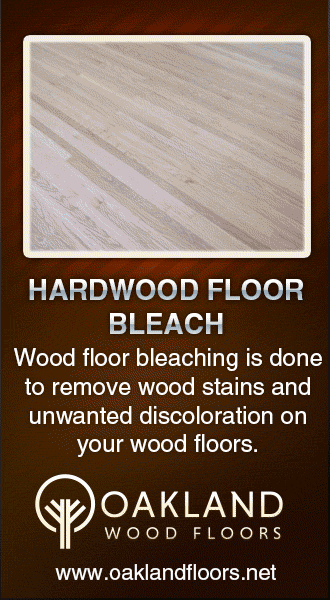Wood Floor Installation Methods
Hardwood floors are a very popular home improvement, and can create a drastic change in the look and feel of a home. They have the ability to greatly improve the look of any room they're installed in, and they provide good insulation. Hardwood floors can also easily add tremendous value to a house.
Despite their popularity, many homeowners are unknowledgeable about the installation process for wood floors. There are a few major ways that wood floors are installed, and the installation method that you use is an important decision one has to make. Installation will depend on your home and sub-floors.
The "nail down" method of wood floor installation is an affordable way to install flooring in a variety of environments. Floor joists are installed, and the boards of sturdy, 3/4" plywood are secured to these joists. The flooring is then nailed to those boards. Nail down floors install rather easily, and if you're especially handy, you might even be able to handle the project yourself. If you have any reservations at all, though, it's best to trust a professional. In something as big as a hardwood floor, a slight miscalculation can lead to huge mistakes and uneven flooring.
Some pros prefer to use staples rather than nails for this type of installation.
This method is referred to as "staple down." This method requires a lot of precision, but it's similarly inexpensive, and, like the nail down method, works with many types of houses and foundations. Staple down floors usually cost around the same as nail down floors to install. Wood floors installed improperly via the staple down method can become damaged, so it's important to use a professional who has worked with this type of installation before if this is the route you choose to go.
Glued down floors are common when a home has high concrete flooring, or when the floor is being installed in a basement. The typical application for this method is to glue the hardwood floorboards on top of a plywood base, which is secured to the concrete. Glue down installation can be more expensive, but for some houses it's a better option — especially when using thicker types of woods.
The final installation method is called floating installation, another commonly used technique. This occasionally can get more expensive than the other methods. Floating floors aren't actually secured to the sub-floor of the home, as you might have guessed. Instead, they're secured to a cushioned, engineered material that "floats" above the sub floor. Floating installation is the best option when your home has a particularly low sub-floor.
You will have to find out information about your house and your foundation before deciding on an installation method for wood flooring. Consult professionals to find out more about the advantages and aesthetics of each type, and to determine the best course of action for your new floor. Regardless of the method you use, the finished product will look fantastic and greatly improve the look and value of your home.



